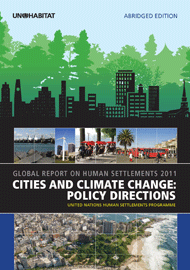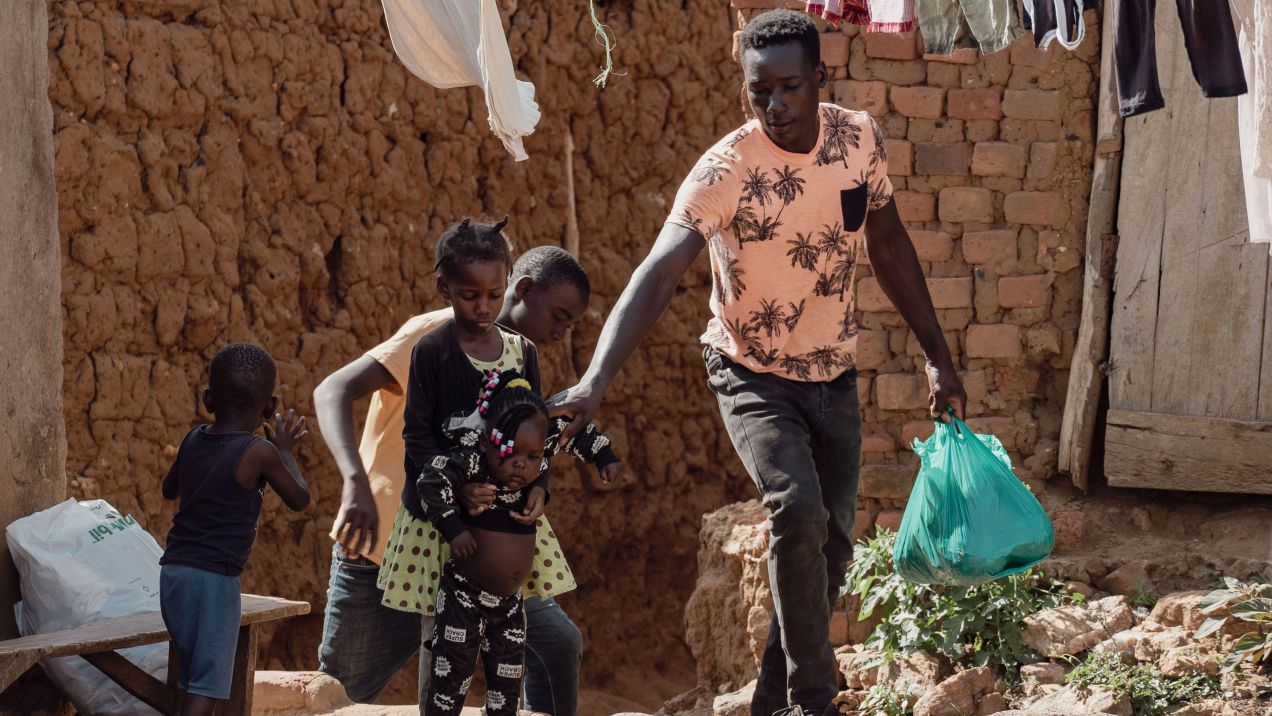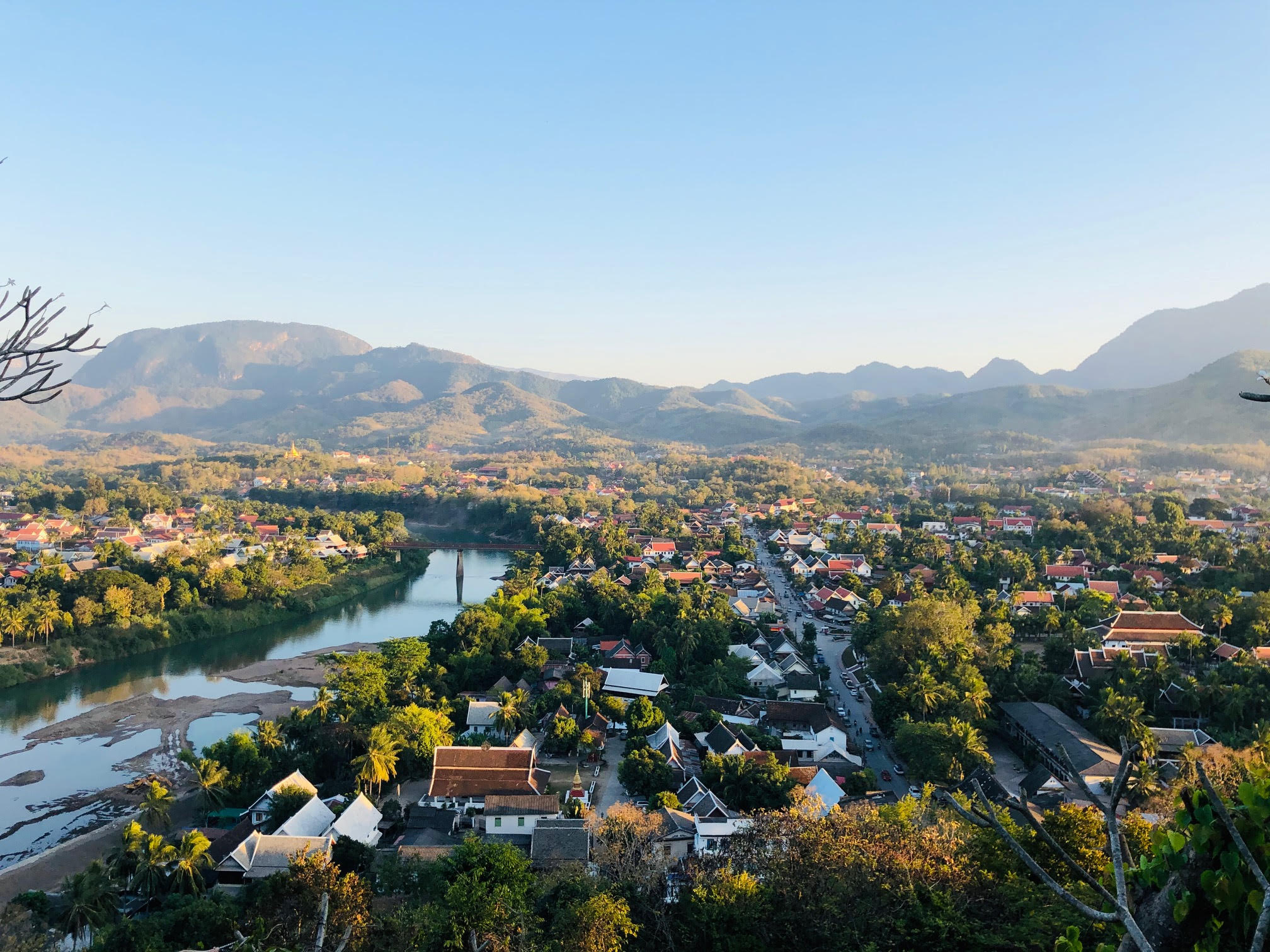
Moreover, the urban poor in developing nations will bear the greatest burden as the impacts of climate change are increasingly felt, further widening the urban divide.
Cities and Climate Change: Policy Directions, the latest edition of UN-Habitat’s Global Report on Human Settlements, seeks to improve knowledge on the contribution of cities to climate change, the impacts of climate change on cities, and how cities are mitigating and adapting to climate change.
It also identifies promising mitigation and adaptation measures that are supportive of more sustainable and resilient urban development paths.
Some of the key findings of the Cities and Climate Change include:
- The urban poor will pay a heavy price for the affluence and consumption of cities a world away from them, as there is an inverse relationship between consumers most responsible for high greenhouse gas emission and those most vulnerable to its impacts. Moreover, wealthy cities, citizens and countries will be best positioned to insulate themselves, while the greatest burden will fall not only on developing nations, but on their poorest and most marginalised residents.
- Cities are responsible for up to 70 per cent of harmful greenhouse gases while occupying just 2 per cent of its land. What goes on in cities, and how they manage their impact on the environment, lies at the core of the problem. It is the combination of urbanisation’s fast pace and the demand for development that poses the major threat.
- At the city level, the main areas where policy and practice can have mitigation impacts are in urban development and design, particularly in the regulations around the built environment including urban infrastructures and transport policy.
- In the absence of federal or national leadership, state and local government are taking the initiative on climate change mitigation and adaptation. While there also many leading initiatives and local authority networks working on the issue, these tend to be more important for – and concentrate resources on – cities with a degree of existing capacity to act.
- Climate change adaption measures must be built into development planning for urban centres for any genuine progress to be made. The report points out interesting synergies relating adaptation responses to development and business opportunities, and seen this way climate change responses can be a catalyst for comprehensive urban area enhancement and renewal.
Download an abridged version of Cities and Climate Change: Global Report on Human Settlements 2011.
|
The Impact of Climate Change
Possible effects on the world’s cities include:
Source: UN-HABITAT Cities and Climate Change: Global Report on Human Settlements 2011
|




